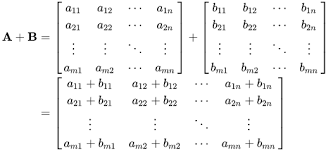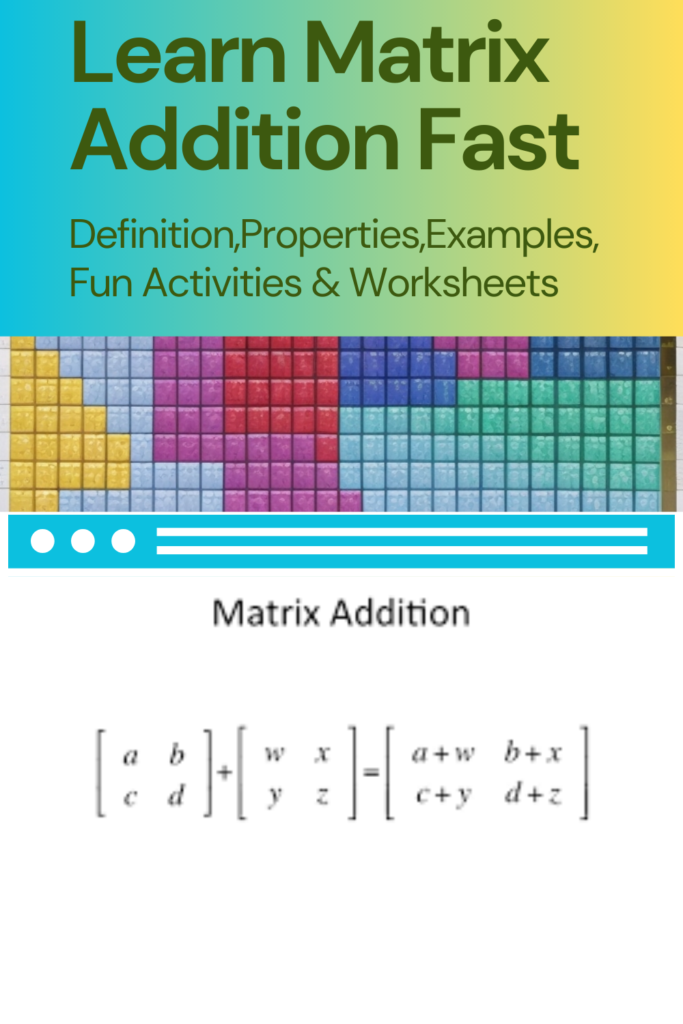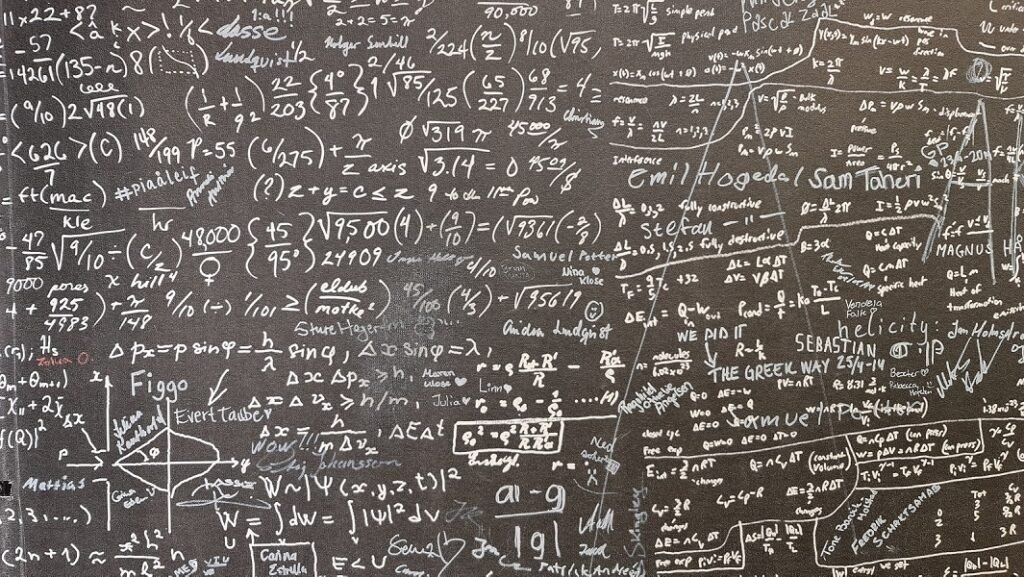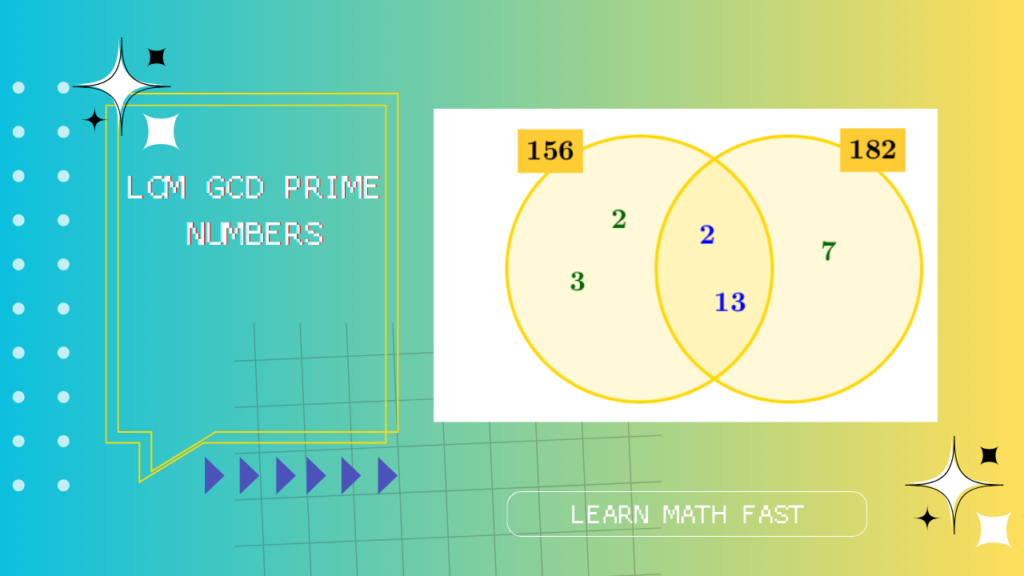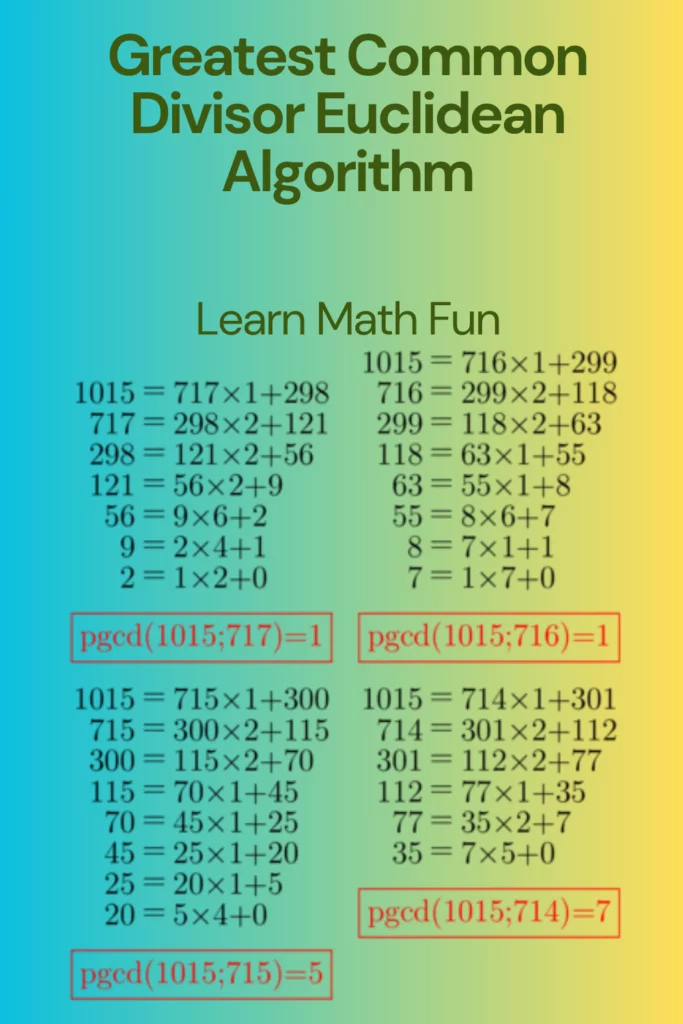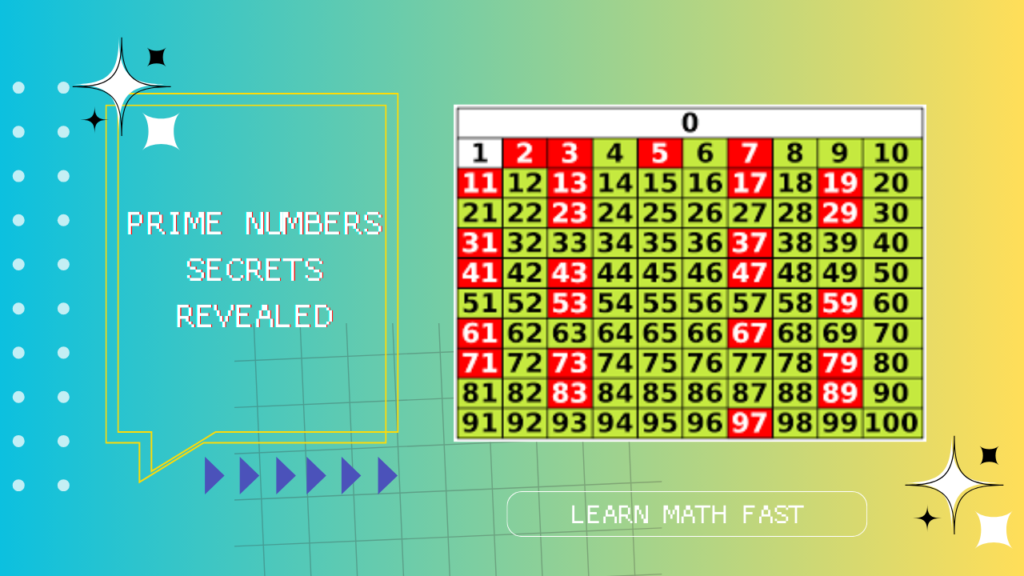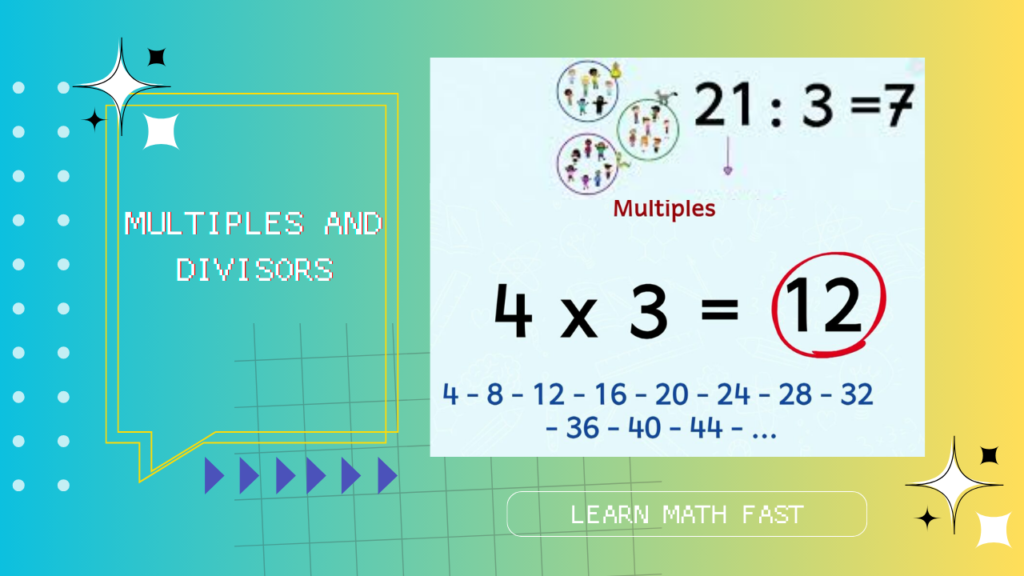We now advance into the progression of the algebraic manipulation involving matrix addition.
What is Matrix Addition ?
Two matrices, denoted as A and B, are deemed compatible for the operation of addition if they share identical dimensions, characterized by the same number of rows and columns.
Given matrices A = (aij)m,n and B = (bij)m,n, their summation, denoted as A + B, leads to the formation of a resultant matrix C = (cij)m,n. The individual elements, cij, of this matrix C are computed as the sum of corresponding elements from matrices A and B, conforming to the equation cij = aij + bij. Here, the indices i and j traverse through the ranges i = 1, 2, 3, …, m and j = 1, 2, 3, …, n, respectively.
Mathematically, A + B = C
Examples to illustrate matrix addition:
1.Matrix A=
| 2 5 |
| 3 7 |
Matrix B=
| 1 4 |
| 2 9 |
Matrix addition(A + B)=
| 2+1 5+4 |
| 3+2 7+9 |
= | 3 9 |
| 5 16 |
2.Matrix X=
| -2 0 3 |
| 5 1 -2 |
Matrix Y=
| 1 4 -1 |
| -3 2 7 |
Matrix addition (X + Y)=
| -2+1 0+4 3-1 |
| 5-3 1+2 -2+7 | =
| -1 4 2 |
| 2 3 5 |
Rules of Matrix Addition
Matrix addition follows a set of rules that ensure the process is valid and consistent. These rules help you perform matrix addition correctly and efficiently.
Element-wise Addition
To add two matrices, simply add the corresponding elements from each matrix. The element in the first row and first column of the resulting matrix is the sum of the elements in the first row and first column of the original matrices, and so on.
Example:
A + B = C
[a11 a12] + [b11 b12] = [a11 + b11 a12 + b12]
[a21 a22] [b21 b22] [a21 + b21 a22 + b22]
Dimension Compatibility Rule
Matrices being added must have the same dimensions. This means they must have the same number of rows and the same number of columns. For example, a 2×3 matrix can only be added to another 2×3 matrix.
Associative Property
Matrix addition is associative, meaning when you’re adding more than two matrices, you can group them in any way you like without changing the result.
(A + B) + C = A + (B + C)
Additive identity
For any matrix A, when you add the identity matrix (denoted as I or sometimes simply as “I”) to it, the result is the same matrix A.
A + I = A
Zero Matrix
Adding a zero matrix to any matrix doesn’t change the matrix. A zero matrix is a matrix where all elements are zero.
A + 0 = A
Negative Matrix
Subtracting a matrix is the same as adding the negative of that matrix. The negative of a matrix is found by changing the sign of each element.
A – B = A + (-B)
Is Matrix Addition Commutative?
Yes, matrix addition is commutative. In mathematics, an operation is commutative if changing the order of the operands does not affect the result. For matrix addition, this means that the order in which you add two matrices doesn’t change the result.
Mathematically, for any two matrices A and B that have the same dimensions, the commutative property of matrix addition can be expressed as:
A + B = B + A
In other words, you can add matrix A to matrix B, or you can add matrix B to matrix A, and the result will be the same.
This property makes matrix addition quite intuitive and easy to work with. Whether you start with matrix A or matrix B, the final matrix you get by adding them will be identical.
In What Way Does Addition of Matrices Help?
Addition of matrices is a fundamental operation in linear algebra that can be used to combine data from different sources, solve systems of equations, represent transformations in geometry, analyze data in statistics, and model physical systems in engineering.
Combining data from different sources
Matrices can be used to represent data from different sources, such as different surveys or experiments. By adding matrices, we can combine this data to get a more complete picture of the overall situation. For example, we could add matrices of stock prices to get a better understanding of the overall performance of the stock market.
Solving systems of equations
Matrices can be used to represent systems of equations. By adding matrices, we can simplify these systems and make them easier to solve. For example, we could add matrices of coefficients to get a more simplified system of equations.
Representing transformations in geometry
Matrices can be used to represent transformations in geometry, such as rotations, translations, and scalings. By adding matrices, we can combine these transformations to create new transformations. For example, we could add matrices of rotation angles to get a new rotation matrix.
Analyzing data in statistics
Matrices can be used to analyze data in statistics. By adding matrices, we can combine data from different populations or samples to get a more complete picture of the overall population or sample. For example, we could add matrices of test scores to get a better understanding of the overall performance of a group of students.
Modeling physical systems in engineering
Matrices can be used to model physical systems in engineering. By adding matrices, we can combine data from different parts of a system to get a more complete model of the overall system. For example, we could add matrices of forces and stresses to get a more accurate model of the behavior of a structure.
These are just a few examples of how addition of matrices can be helpful in real-world applications. As a versatile and powerful tool, addition of matrices can be used to solve a wide variety of problems.
Creating a math art project that involves matrix addition can be a unique and engaging way to learn. Here’s a fun and creative math art project idea:
Cool Math Art Project – Matrix Mosaic Madness
Creating a math art project that involves matrix addition can be a unique and engaging way to learn. Here’s a fun and creative math art project idea:
Description:
We’ll use the concept of matrix addition to create a colorful and visually appealing mosaic artwork. Each element of the matrices will correspond to a specific color, and by adding matrices together, we’ll create a beautiful pattern that evolves with each addition.
Materials Needed:
– Grid paper or a large canvas
– Colored markers, pencils, or paints
– Ruler
– Worksheet with matrices (explained below)
Instructions:
1. Prepare the Grid:
– If using grid paper, draw a grid with rows and columns. If using a canvas, you can sketch a grid lightly using a pencil and ruler.
2. Assign Colors to Elements:
– Create a color code for numbers. For example, positive numbers could be assigned warm colors (red, orange), negative numbers could be cool colors (blue, green), and zero could be white.
3. Generate Matrices:
– Create a worksheet with matrices of different sizes, filled with numbers (positive, negative, and zero). For example:
Matrix A=
| 2 -1 |
| 0 3 |
Matrix B=
| 1 0 |
| -2 2 |
4. Matrix Addition Magic:
– Start with an empty grid on your canvas or grid paper.
– Begin by adding corresponding elements from Matrix A and Matrix B according to the color code. For example, if Matrix A has a positive number, fill the corresponding cell with a warm color; if it’s negative, use a cool color.
– Repeat this process for each corresponding cell in the grid.
5. Create a Visual Pattern:
– Observe the visual pattern that emerges as you add more matrices together. You’ll notice how the colors interact and blend to create an evolving mosaic.
6. Experiment with More Matrices:
– Create additional matrices and continue the process of matrix addition, observing how the artwork transforms with each step.
7. Reflect and Enjoy:
– Once your matrix mosaic is complete, step back and admire the colorful and dynamic artwork you’ve created. Reflect on how each matrix addition contributed to the overall pattern.
Through the “Matrix Mosaic Madness” project, you’ll not only grasp the concept of matrix addition but also witness the magic of how numbers and colors come together to form a visually captivating piece of art. This project combines creativity with mathematical thinking, making learning matrix addition an enjoyable and memorable experience.
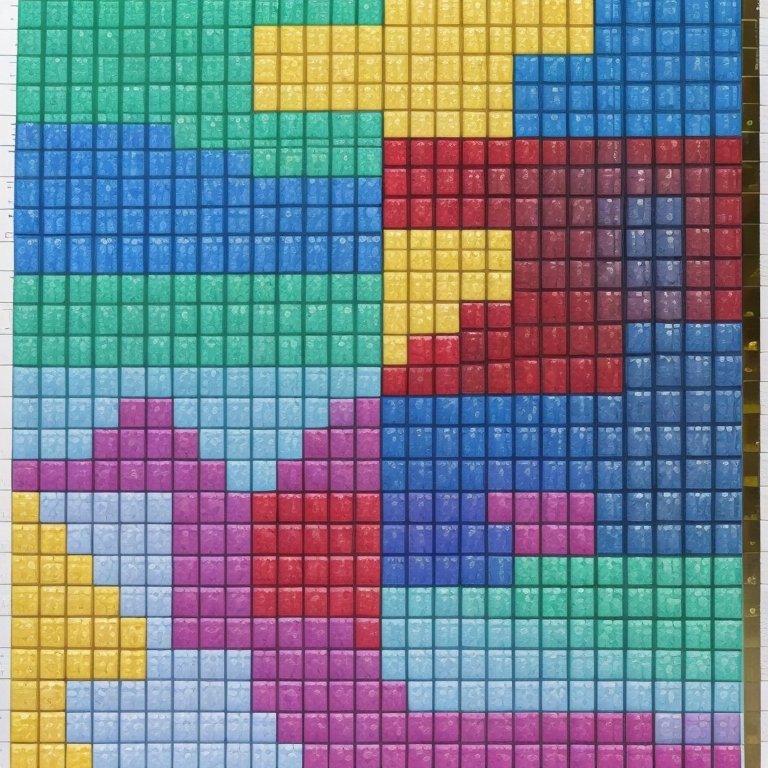
Cool Math Art Project for Matrix Addition
Math Tricks for Learn Fast Matrix Addition
Visualize the matrices as blocks
One of the best ways to understand matrix addition is to visualize the matrices as blocks. Each block in a matrix represents a single number. So, if we have two matrices that are each 3×3, we can visualize them as a 3×3 grid of blocks.
To add the two matrices, we simply add the corresponding blocks together. For example, the block in the top left corner of the first matrix would be added to the block in the top left corner of the second matrix. The block in the top right corner of the first matrix would be added to the block in the top right corner of the second matrix, and so on.
This visualization can be helpful for students who are struggling to understand the concept of matrix addition. It can also be helpful for students who are trying to remember how to add matrices.
Color-Coding
Use different colors for the elements of each matrix. When you add the matrices, visually combine the colors to reinforce the addition process.
Chunking
Break larger matrices into smaller sections for addition. For instance, divide a 4×4 matrix into four 2×2 sections and add them individually before combining the results.
Use a memory trick
There is a simple memory trick that can help kids remember how to add matrices. The trick is to think of the matrices as two piles of blocks. When you add two piles of blocks, you simply add the blocks in each pile together. The same is true for matrix addition. When you add two matrices, you simply add the numbers in each matrix together.
Focus on Diagonals
Identify the main diagonal of the matrices (from top-left to bottom-right) and add the diagonal elements first. Then proceed to handle the remaining elements.
Pattern Recognition
Look for patterns in the matrices. If you notice that certain rows or columns have similar numbers, you can simplify addition by focusing on these patterns.
Use Practical Examples
Apply matrix addition to real-world scenarios, like combining different quantities of items in a store. This can make the concept more relatable.
Use a calculator
If students are struggling to add the matrices by hand, they can use a calculator. This can be a great way to check their work and make sure that they are adding the matrices correctly.
It is important to note that students should not rely on a calculator for all of their matrix addition problems. It is important to be able to add matrices by hand, as this will help students develop a better understanding of the concept.
Practice, practice, practice!
The best way to learn matrix addition is to practice. There are many online resources that offer practice problems for matrix addition. Students can also find practice problems in math textbooks and workbooks.
Matrix Addition Worksheets
Matrix Addition Challenge
Matrix A=
| 2 4 |
| 1 3 |
Matrix B=
| 6 8 |
| 5 7 |
Matrix C=
| 3 1 |
| 2 0 |
Questions:
1. What is the sum of Matrix A and Matrix B? (Calculate A + B)
2. Calculate Matrix B + Matrix C.
3. Can you add Matrix A and Matrix C? Why or why not?
4. Find the result of Matrix A + Matrix A.
5. Calculate Matrix B + Matrix B.
Answers:
1. Matrix A + Matrix B =
| 8 12 |
| 6 10 |
2. Matrix B + Matrix C =
| 9 9 |
| 7 7 |
3. You cannot add Matrix A and Matrix C because they have different dimensions.
4. Matrix A + Matrix A =
| 4 8 |
| 2 6 |
5. Matrix B + Matrix B =
| 12 16 |
| 10 14 |
“`
Matrix Addition Puzzles
Matrix X=
| -3 5 |
| 2 0 |
Matrix Y=
| 1 4 |
| -3 2 |
Matrix Z=
| 0 0 |
| 0 0 |
Questions:
1. Calculate Matrix X + Matrix Y.
2. What is the result of Matrix Y + Matrix Z?
3. Can you add Matrix X and Matrix Z? Explain.
4. Compute Matrix Z + Matrix Z.
5. Calculate Matrix X + Matrix Y + Matrix Z.
Answers:
1. Matrix X + Matrix Y =
| -2 9 |
| -1 2 |
2. Matrix Y + Matrix Z =
| 1 4 |
| -3 2 |
3. You cannot add Matrix X and Matrix Z because they have different dimensions.
4. Matrix Z + Matrix Z =
| 0 0 |
| 0 0 |
5. Matrix X + Matrix Y + Matrix Z =
| -2 9 |
| -1 2 |
Matrix Addition Art
Unscramble the matrix addition problems and color the squares according to the key to reveal a hidden picture!
Key:
– Sum is an odd number: Color the square red.
– Sum is an even number: Color the square blue.
Puzzle Grid:
| | | | |
|—|—|—|—|
| | | | |
|—|—|—|—|
| | | | |
Unscrambled Problems:
1. Matrix A + Matrix C
2. Matrix B + Matrix D
Answers:
Puzzle Grid:
| R | B | R | B |
|—|—|—|—|
| B | R | B | R |
|—|—|—|—|
| R | B | R | B |
Keep up the great work!


